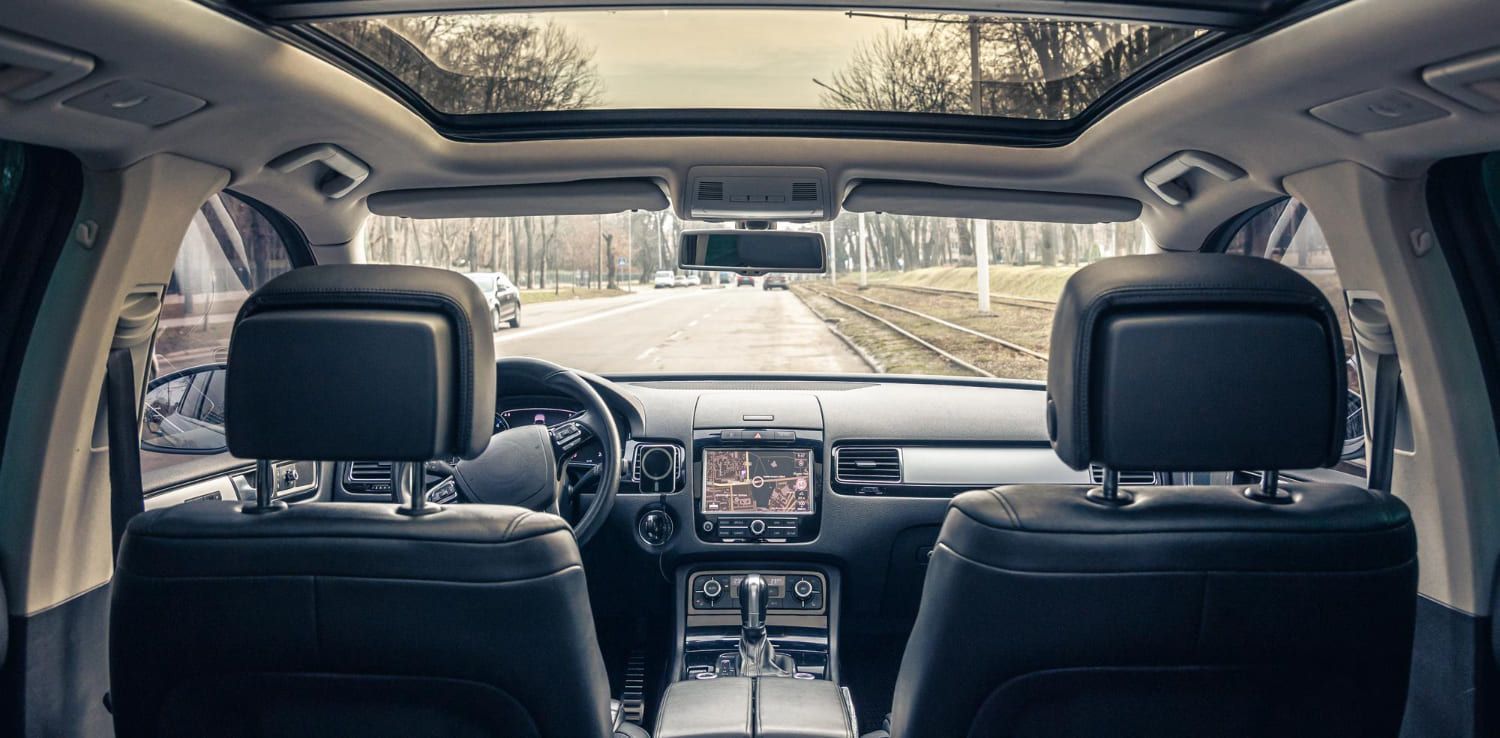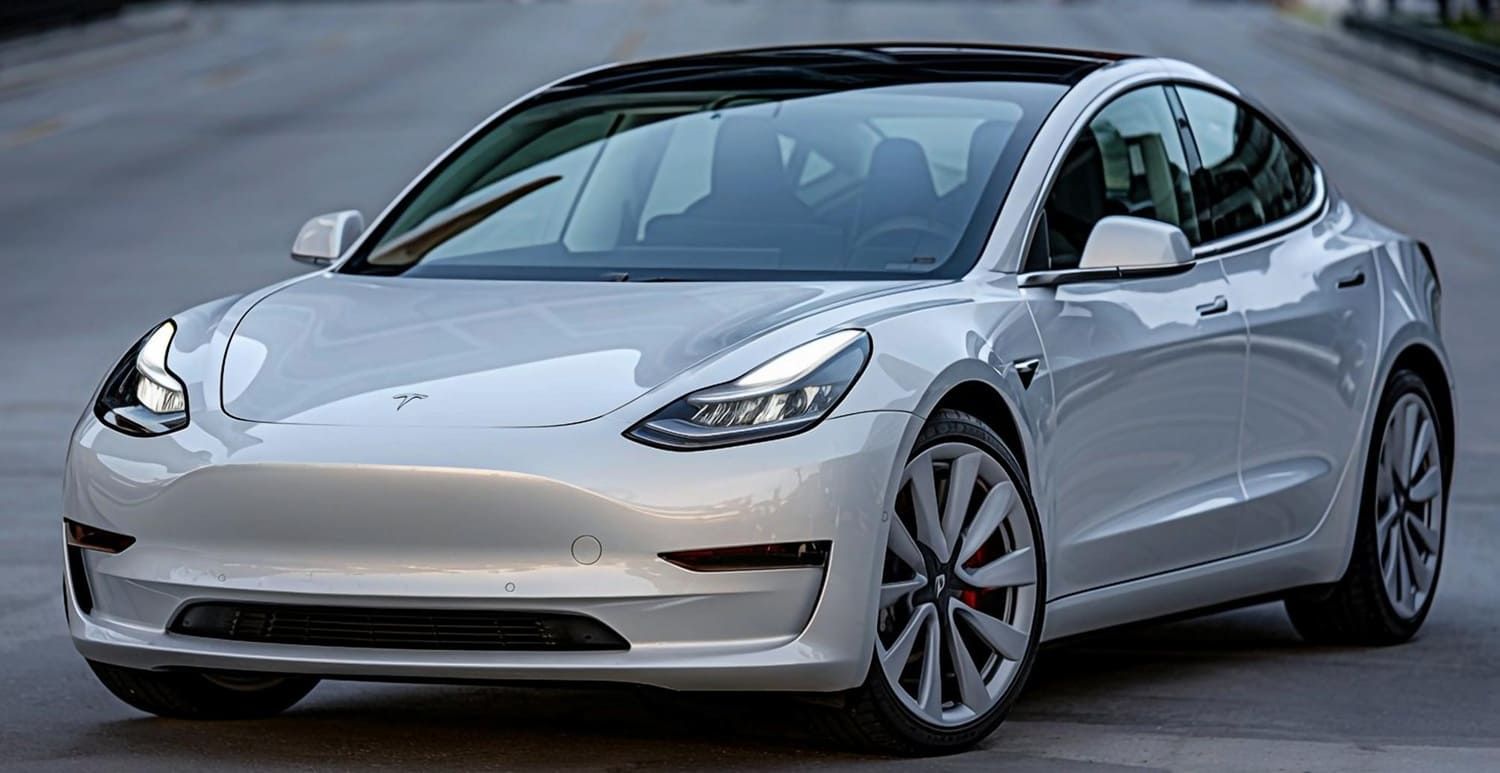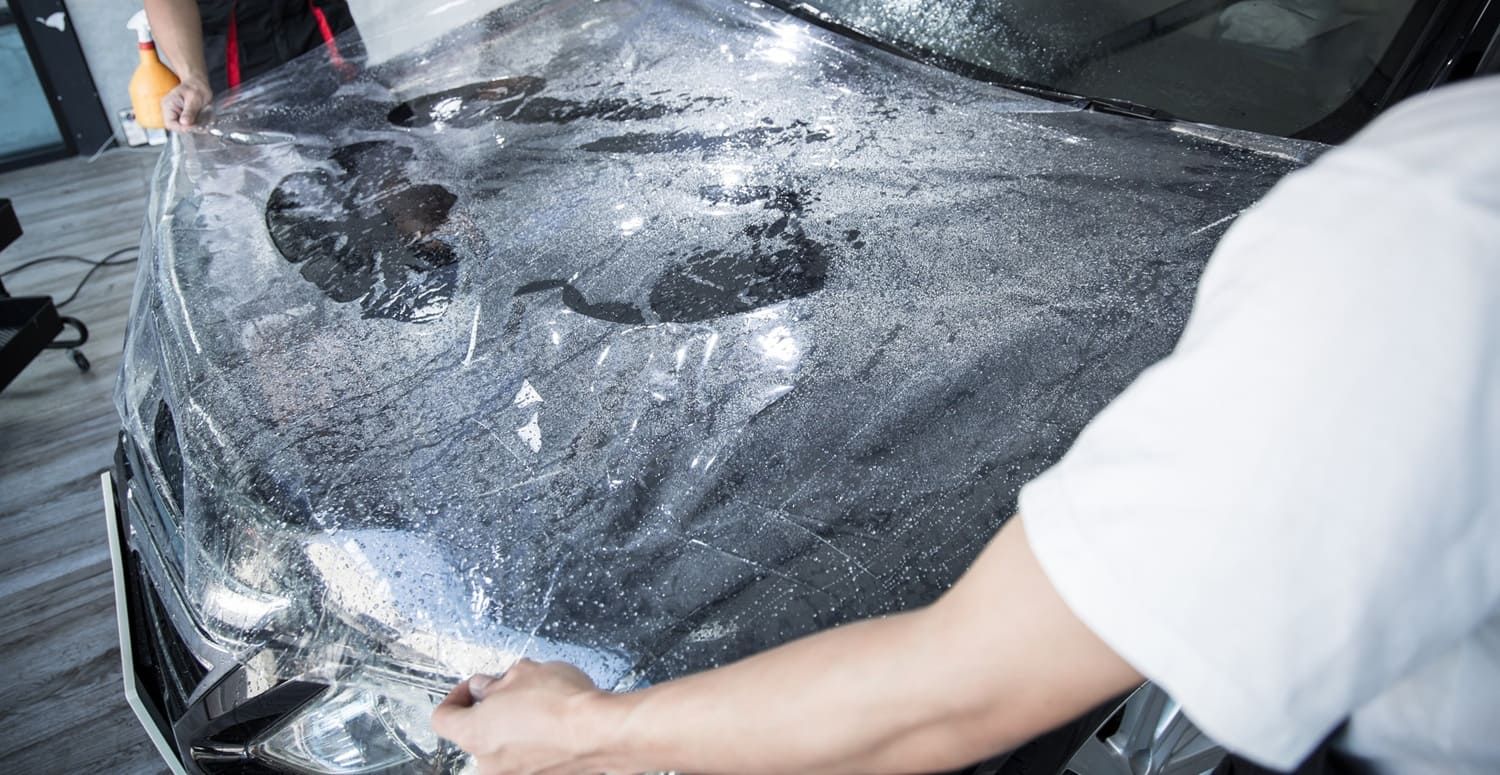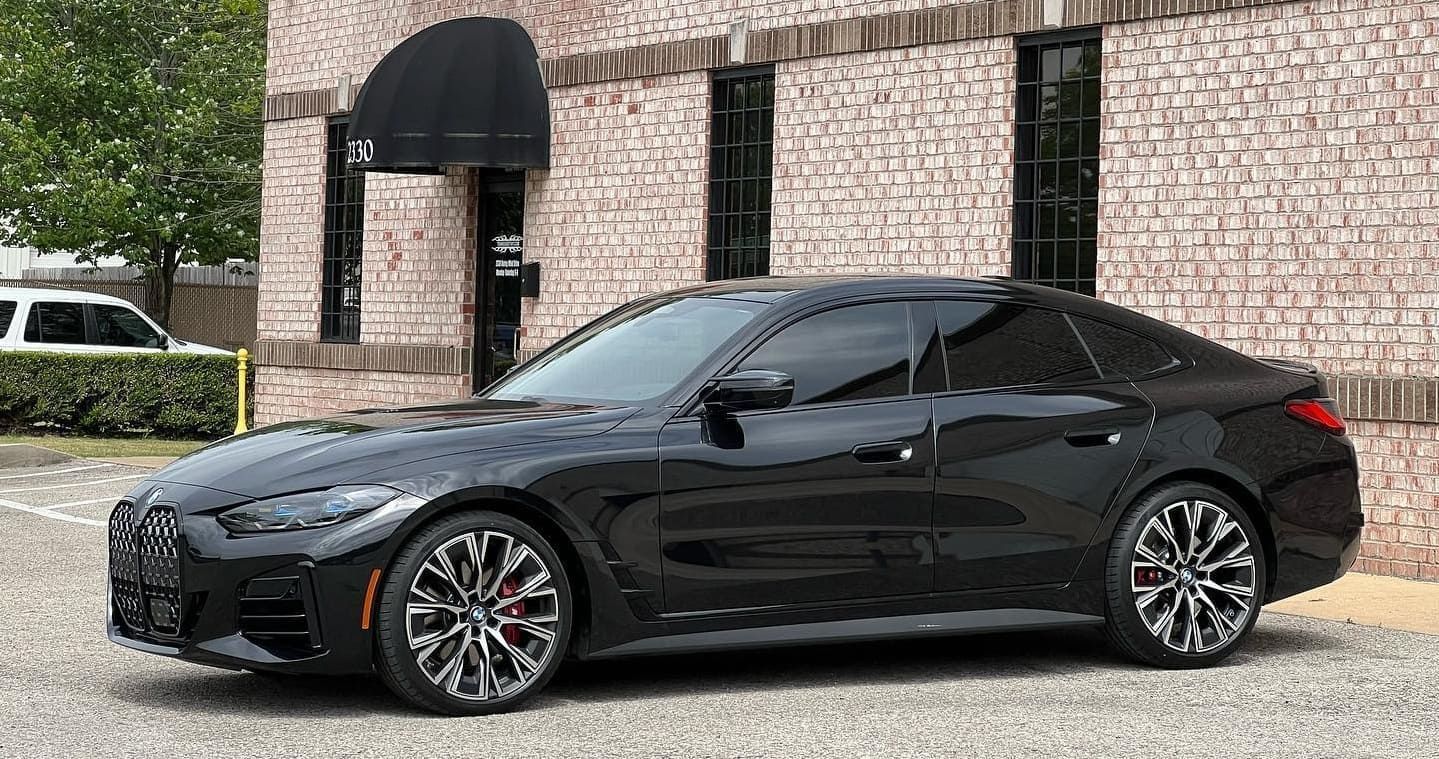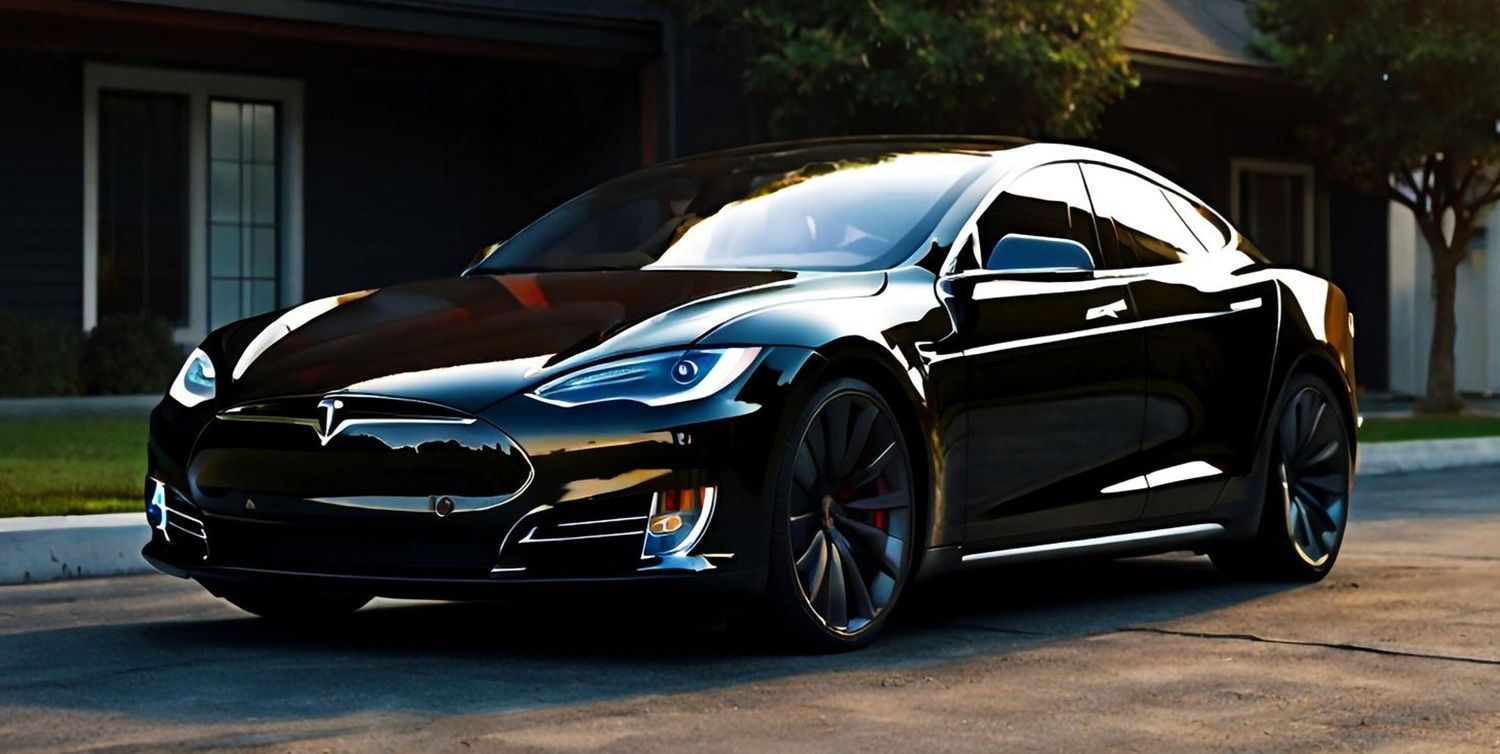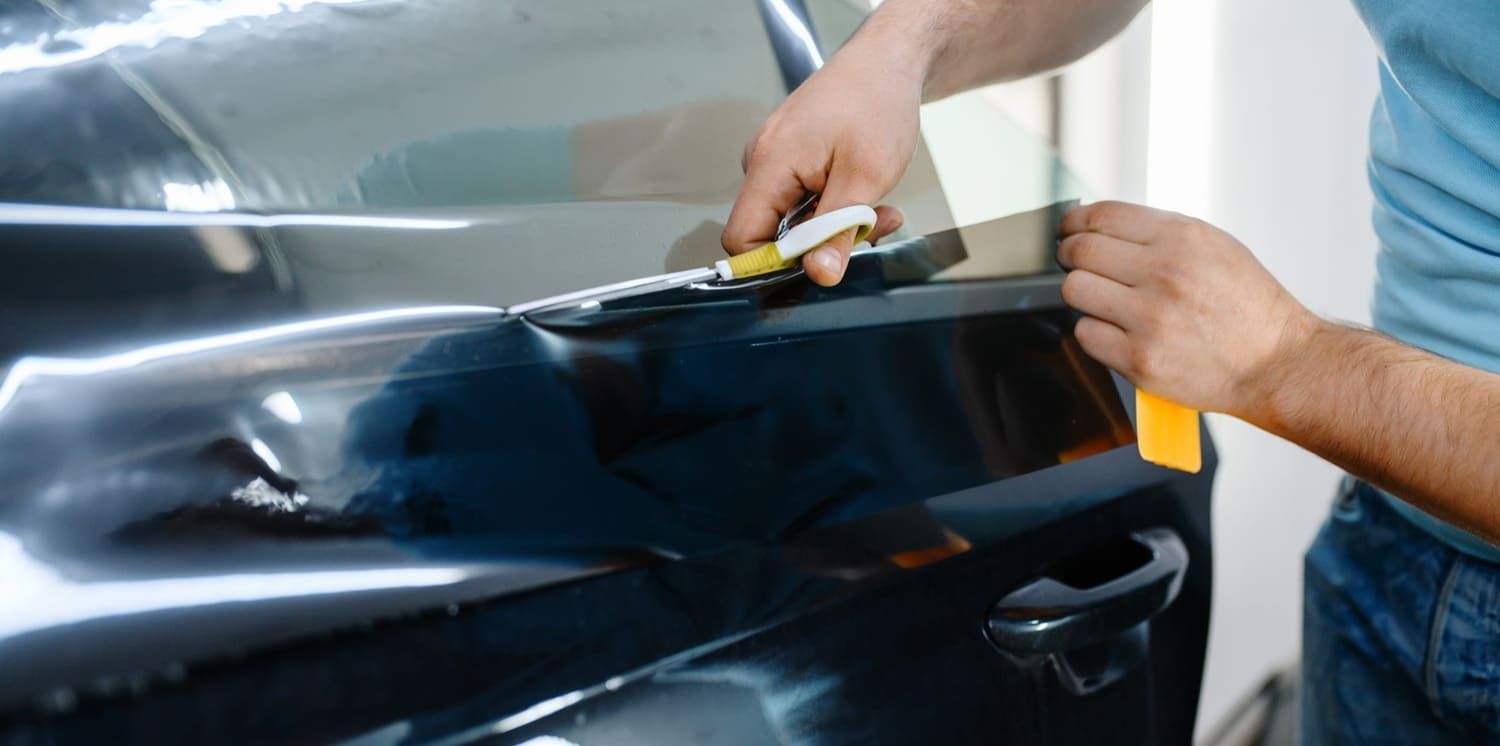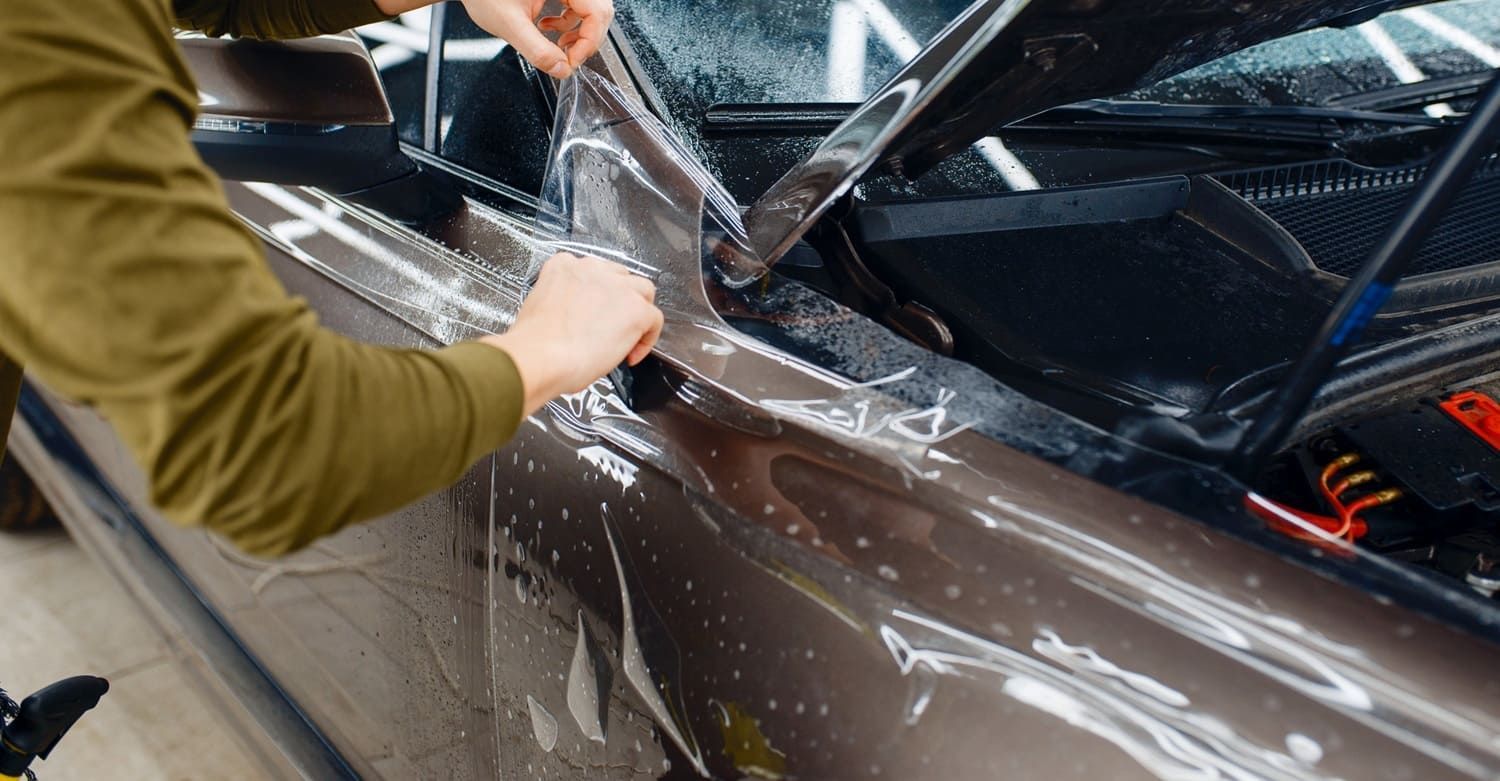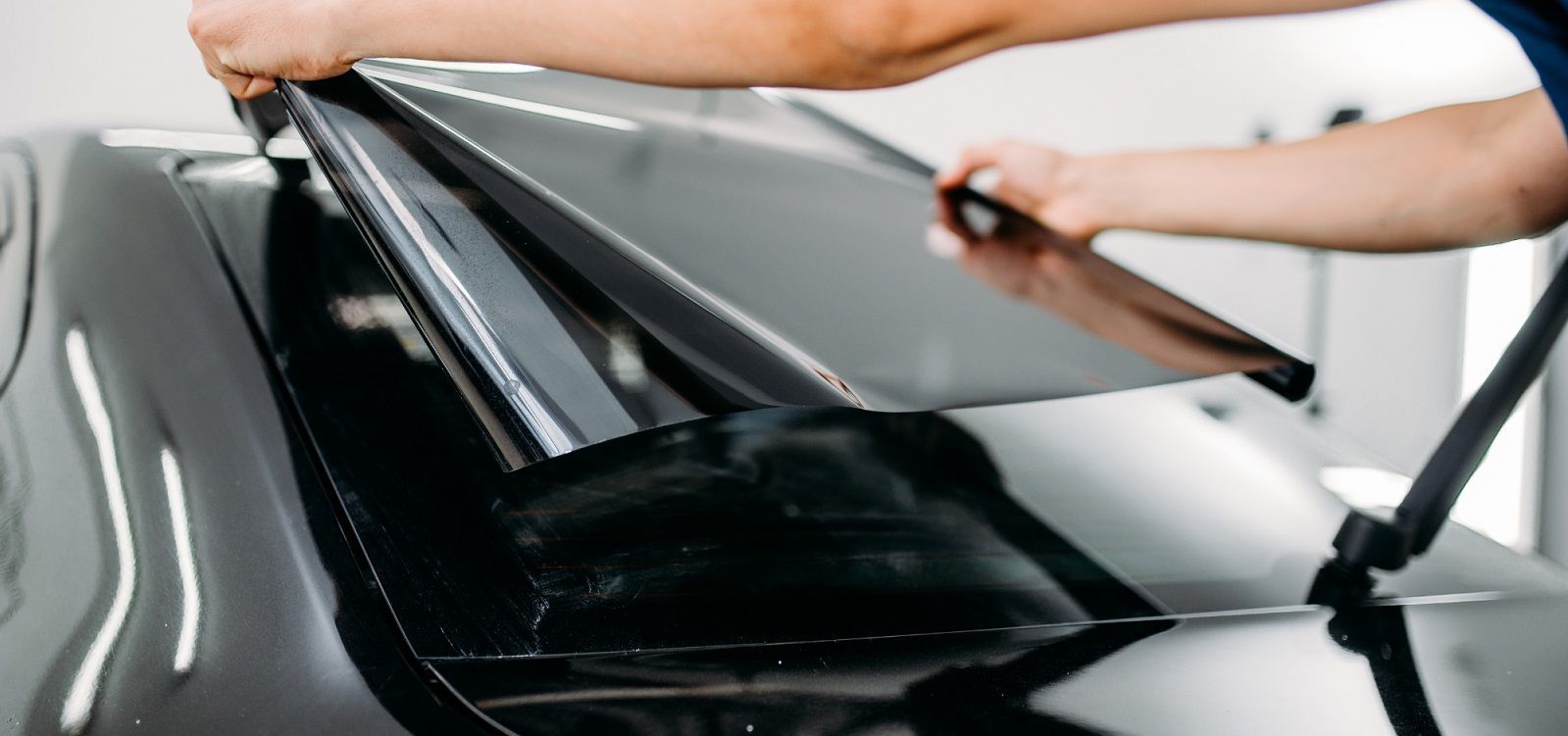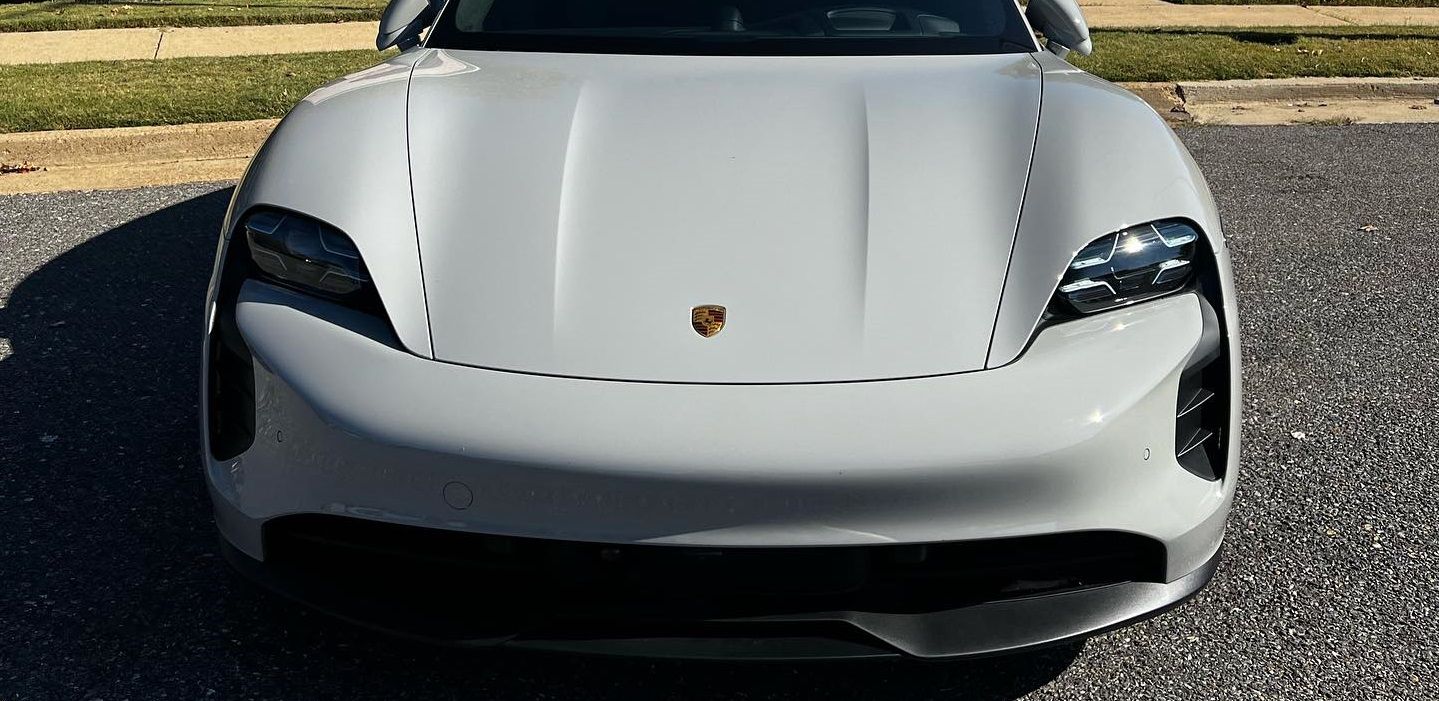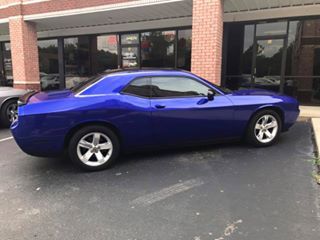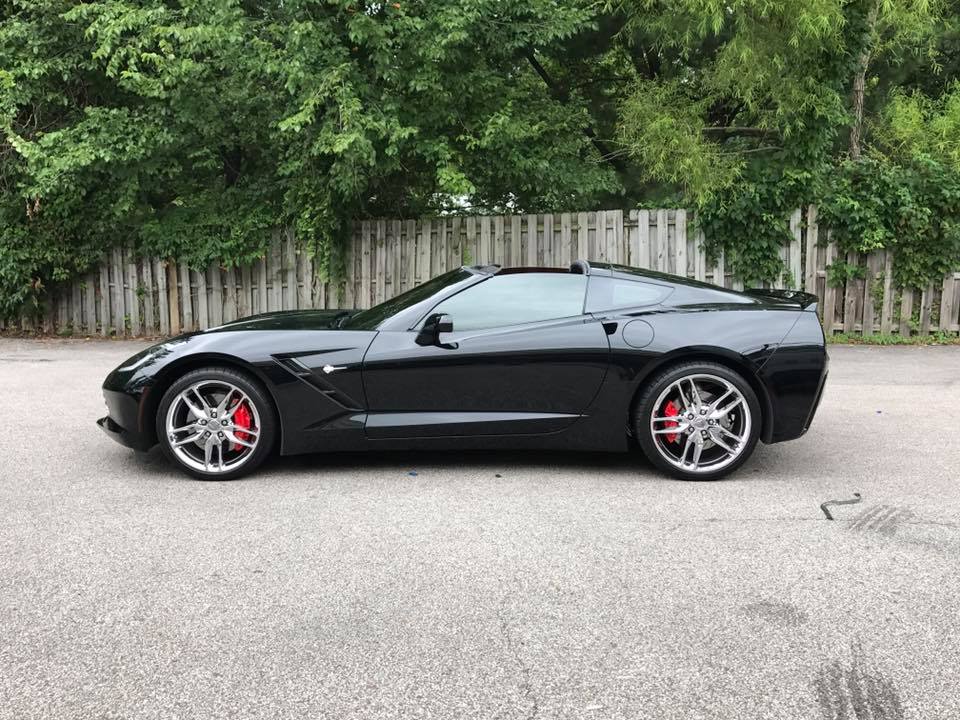Expert Tips to Achieve a Flawless Car Window Tint
Car window tinting is not just about enhancing the aesthetic appeal of your vehicle; it also provides privacy, reduces glare, and protects the interior from UV rays. However, achieving a flawless car window tint requires careful consideration and precision. In this article, we will provide you with expert tips to ensure your car window tinting project is a success. From choosing the right materials to understanding local regulations, every detail plays a crucial role in the final outcome. Whether you're a DIY enthusiast or considering professional installation, these insights will guide you through the process.
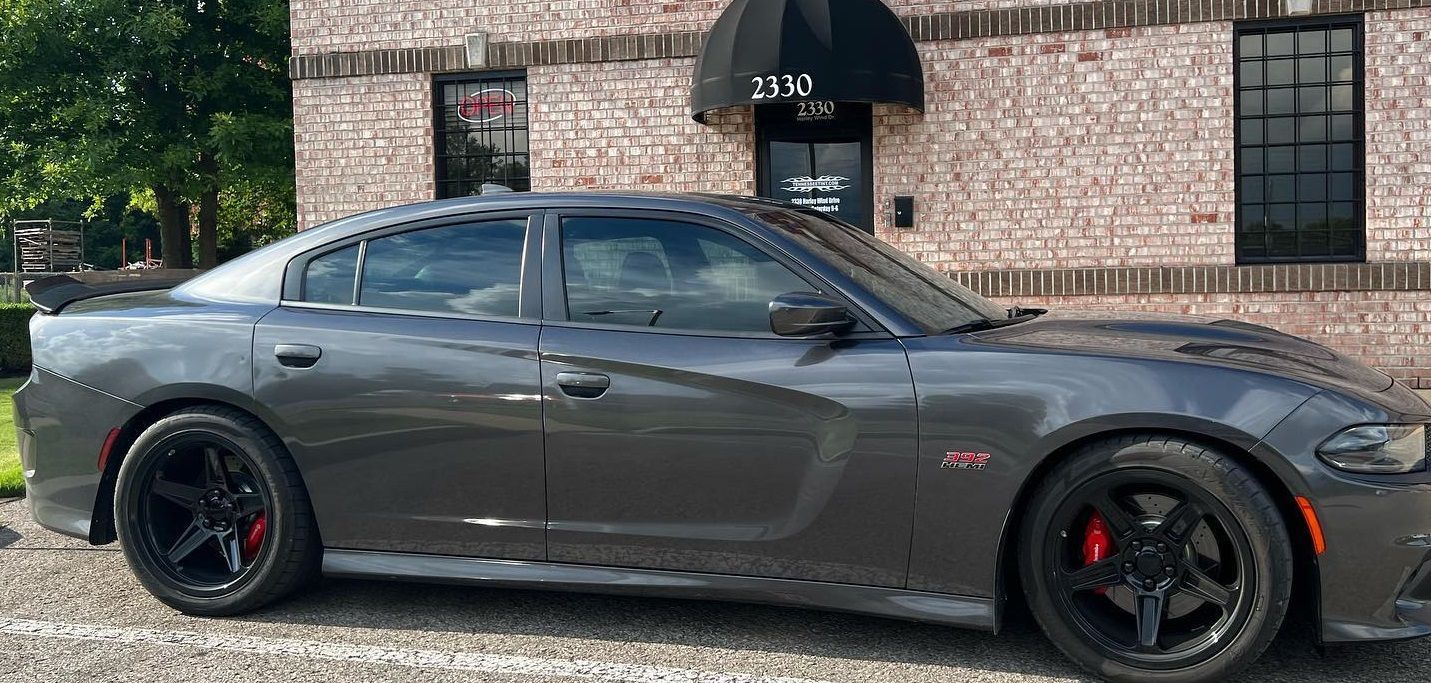
Understanding Car Window Tinting
Before diving into the tips, it's essential to understand what car window tinting involves. Window tinting is the application of a thin laminate film to the interior or exterior of a car's glass surfaces. This film is made of polyester and can come in different shades and thicknesses, providing various levels of protection and style. Understanding the composition and function of these films helps in making informed decisions tailored to your specific needs and preferences. Additionally, knowing the differences between interior and exterior applications can affect the longevity and effectiveness of the tint.
Benefits of Car Window Tinting
Window tinting offers several advantages, including:
- UV Protection: A good-quality window tint can block up to 99% of the sun's harmful ultraviolet rays, protecting your skin and the car's interior. This protection helps prevent fading and cracking in the upholstery, extending the lifespan of your vehicle's interior. It also reduces the risk of skin cancer from prolonged exposure to UV rays, making it a health-conscious choice.
- Heat Reduction: Tinted windows can reduce the heat inside your car, making it more comfortable during hot weather. This can lead to reduced reliance on air conditioning, thus improving fuel efficiency and reducing wear on the car's AC system. Moreover, a cooler cabin environment contributes to a more pleasant driving experience, particularly during long trips.
- Privacy and Security: Tinted windows provide additional privacy and can deter potential thieves by concealing the contents of your car. This added security layer is particularly beneficial in urban areas or when parking in unfamiliar locations. Enhanced privacy also offers peace of mind for passengers, especially when traveling with valuables or sensitive items.
- Glare Reduction: Tinting reduces glare from the sun and headlights, improving driving visibility and safety. This is especially beneficial during dawn or dusk, or when driving at night, reducing eye strain and fatigue. By minimizing distractions caused by glare, drivers can maintain better focus on the road, enhancing overall safety.
Choosing the Best Car Tint
Selecting the right tint is crucial for achieving a flawless finish. Here are some factors to consider:
Types of Window Tint
There are several types of window tint to choose from, each with its own advantages:
- Dyed Window Tint: This is the most affordable option, offering basic privacy and heat reduction. However, it may fade over time. Despite its lower cost, dyed tint provides a smooth, non-reflective appearance, making it a popular choice for those on a budget. It's important to note that its effectiveness in heat reduction is moderate compared to other types.
- Metalized Window Tint: This type of tint uses metallic particles to reflect heat and UV rays. It is durable but can interfere with electronic devices. The reflective quality of metalized tints adds a sleek, shiny appearance to the windows, enhancing the vehicle's overall look. However, the potential interference with signals might be a concern for those who rely heavily on GPS and cell phone connectivity.
- Carbon Window Tint: Carbon tints offer excellent UV protection without interfering with electronic signals. They also have a sleek appearance. The carbon particles provide a matte finish, which is both stylish and effective in blocking infrared light, leading to significant heat reduction. This type of tint is also highly resistant to fading over time, maintaining its appearance longer than dyed tints.
- Ceramic Window Tint: This high-end option provides superior UV protection, heat reduction, and clarity without any interference with electronics. Ceramic tints are known for their exceptional performance and durability, making them a worthwhile investment for those seeking top-tier protection and aesthetics. They are also effective in reducing glare and maintaining clear visibility, even in bright sunlight.
Considering Local Regulations
Before applying window tint, check your local laws and regulations regarding tint darkness and reflectivity. Some regions have strict rules, and non-compliance could result in fines or the need to remove the tint. Researching these regulations beforehand can save you time and money, ensuring that your tinting project adheres to legal standards. It's also a good idea to keep documentation of the tint's specifications in your vehicle for reference during inspections or if questioned by authorities.
Preparing for the Tinting Process
Preparation is key to achieving a flawless car window tint. Follow these steps for the best results:
Cleaning the Windows
Start by thoroughly cleaning your car windows. Use a high-quality glass cleaner and a microfiber cloth to remove all dirt, dust, and grime. Any residue left on the glass can cause bubbles or imperfections in the tint. A meticulous cleaning process ensures that the tint adheres smoothly and evenly, preventing future issues. Additionally, consider using a scraper or razor blade to remove stubborn debris or adhesive residues for an immaculate surface.
Gathering the Right Tools
Having the right tools on hand will make the process smoother. You'll need:
- A squeegee
- A utility knife
- A heat gun
- A spray bottle with soapy water
- A lint-free cloth
Assembling these tools beforehand can streamline the installation process, allowing you to focus on precision. Investing in high-quality tools can also enhance the finish, as they reduce the likelihood of errors or damage to the tint film. Consider practicing with these tools on a spare piece of film to build confidence and skill before tackling the actual application.
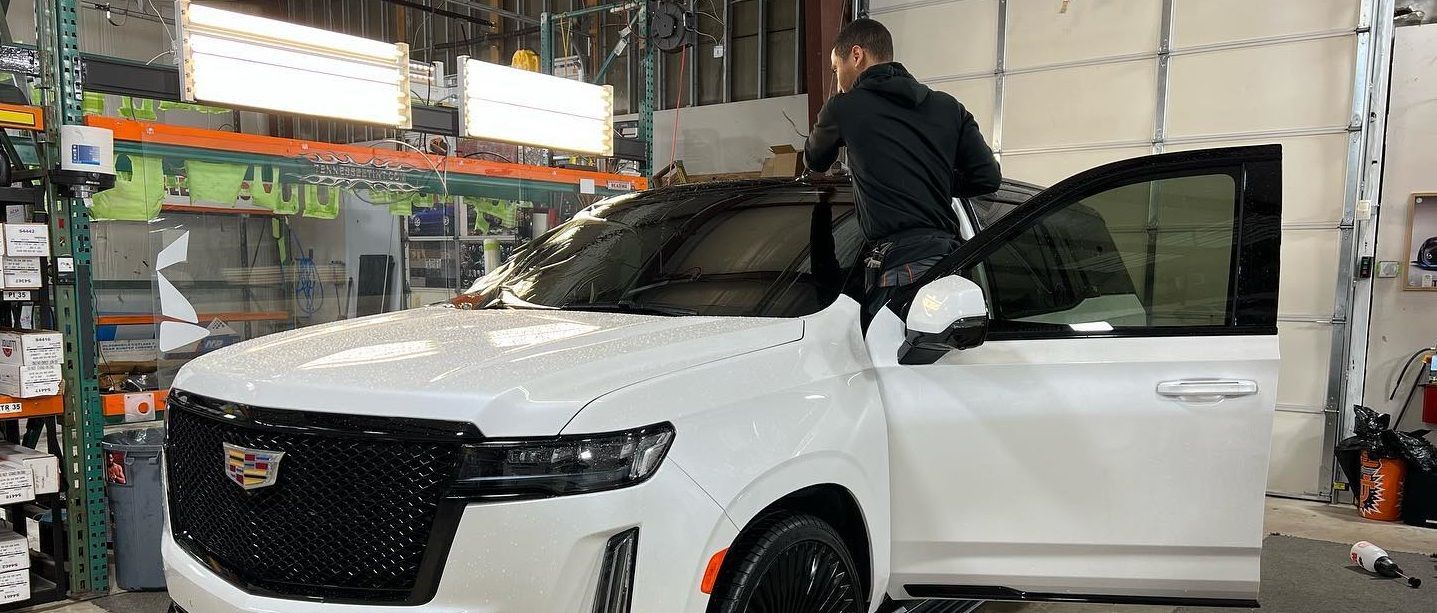
Applying the Tint
Applying window tint requires patience and precision. Follow these steps for a professional finish:
Measuring and Cutting the Tint
Measure each window carefully and cut the tint film to size, leaving a little extra on the edges to ensure complete coverage. Use a sharp utility knife for clean, precise cuts. Accurate measurements are crucial in avoiding wastage and ensuring a seamless fit. Double-check your measurements before cutting to minimize errors, and consider marking guidelines on the film for additional accuracy.
Applying the Tint Film
Spray the window with soapy water to help the tint adhere smoothly. Peel the protective layer off the tint film and carefully place it on the window, starting from the top and working your way down. Use a squeegee to remove any bubbles and smooth out the film. Working slowly and methodically ensures that the tint aligns correctly and adheres without creases or air pockets. If bubbles persist, gently lift and reapply the film, using the squeegee to guide it into place.
Trimming Excess Tint
Once the tint is securely in place, use a utility knife to trim any excess film from the edges. Be careful not to scratch the glass. Clean edges contribute significantly to the professional appearance of the tint, so take your time with this step. A steady hand and a sharp blade are essential for achieving precise cuts, enhancing both the aesthetic and functional aspects of the tint.
Heating the Film
Use a heat gun to gently heat the tint film. This will help it conform to the shape of the window and ensure a tight, bubble-free finish. Keep the heat gun moving to avoid overheating any area. Heating helps the adhesive bond securely, reducing the risk of peeling or bubbling over time. It's important to maintain a safe distance from the film to prevent warping or damage, and to use the heat gun evenly across the entire surface.
Post-Tinting Care
After applying the tint, proper care is essential to maintain its appearance and longevity.
Allowing the Tint to Cure
Avoid rolling down the windows for at least a few days after tinting to allow the film to cure fully. This helps prevent peeling or bubbling. The curing process is vital for the tint to bond correctly with the glass, particularly in varying climate conditions. Consider parking in a shaded or indoor area during this time to protect the tint from direct sunlight and environmental factors.
Cleaning the Tinted Windows
When cleaning tinted windows, use a mild cleaner and a soft, lint-free cloth. Avoid ammonia-based cleaners, as they can damage the tint. Regular cleaning helps maintain the clarity and appearance of the tint, preventing dust buildup and potential scratches. Opt for products specifically designed for tinted windows to ensure compatibility and effectiveness.
Regular Maintenance
Inspect your window tint regularly for signs of damage or wear. If you notice any issues, address them promptly to prevent further damage. Regular maintenance can extend the life of your tint, preserving its functionality and aesthetics. Small repairs, such as resealing edges, can often be done at home, but significant damage may require professional assistance to ensure a seamless fix.
When to Seek Professional Help
While DIY tinting can be rewarding, it's not for everyone. If you're unsure about any step in the process, or if you prefer a guaranteed flawless finish, consider hiring a professional window tinting service. Professionals have the experience and tools necessary to achieve the best results. They can also provide warranties on their work, offering peace of mind and assurance of quality. Consulting a professional can save time and effort, particularly if you encounter challenges or have specific requirements for your tint.
Conclusion
Achieving a flawless car window tint involves careful selection of materials, meticulous preparation, and precise application. At Tennessee Window Tint Co. in Memphis, TN, our team of the best window tinting installers ensures you enjoy all the benefits of window tinting while enhancing the look and comfort of your vehicle. Whether you choose to do it yourself or hire our professional services, a well-executed window tint is a valuable addition to your car. Investing in our quality materials and proper techniques pays off in durability, performance, and aesthetics, making your driving experience more enjoyable and secure.
Contact us today for a free estimate and let Tennessee Window Tint Co. transform your vehicle with our expert window tinting services.
